Information Networks
Data is displayed for academic year: 2023./2024.
Lecturers
Course Description
Modelling of the information flow processes in conventional and high-speed communication networks. Develops and utilizes elementary concepts from queueing theory, algorithms, linear and nonlinear programming to study the problems of line and network protocols, distributed algorithms, quasi-static and dynamic routing, congestion control, deadlock prevention. Treats local, access and core networks, and high-speed electronic and optical networks. Queueing theory application for analyses of information processing performances.
Study Programmes
University graduate
[FER2-HR] Telecommunication and Informatics - profile
(1. semester)
General Competencies
Students will gain knowledge abut information networks, including information flow modelling and queuing theory, with special emphasis on network performance evaluation, information processing performance and basic network algorithms. They will have practical knowledge and skills required for dimensioning network capacities and trafic flows, as well as solving network topology problems.
Learning Outcomes
- identify characteristic of information and communication systems and networks
- explain models and methods for analyze information and communication systems and networks
- apply simple methods for information networks analyzis
- analyze of performances for information and communication systems
- design of simle information and communication systems and networks
- compare different solutions for given information systems
Forms of Teaching
Lectures
First cycle (seven weeks): lectures then Midterm exam, and Second cycle (six weeks): lectures and Final exam. Lecture duration: 3 hours per week.
ExamsMidterm exam: 8th week; Final exam: 15th week
ConsultationsEvery week after lecture.
Acquisition of SkillsIn frame of homeworks students write programs for two networks problems.
Grading Method
| Continuous Assessment | Exam | |||||
|---|---|---|---|---|---|---|
| Type | Threshold | Percent of Grade | Threshold | Percent of Grade | ||
| Homeworks | 0 % | 20 % | 0 % | 20 % | ||
| Class participation | 0 % | 5 % | 0 % | 5 % | ||
| Mid Term Exam: Written | 0 % | 30 % | 0 % | |||
| Final Exam: Written | 0 % | 35 % | ||||
| Final Exam: Oral | 10 % | |||||
| Exam: Written | 50 % | 65 % | ||||
| Exam: Oral | 10 % | |||||
Week by Week Schedule
- Introduction. Information networks structure. Review of netvork mechanisms and protocols.
- Stochastic processes: Poisson process, Markov chains, birt-death process.
- Queuiong systems 1: Little's law, M/M/1, M/M/c and M/M/1/K models.
- Queuiong systems 2: M/G/1 models.
- Queuiong systems 3: reservation systems and priority queueing.
- Queueing networks and applications.
- Network routing 1: shortest path, maximal flow.
- Midterm examination.
- Analysis of error control and flow control mechanisms.
- Network routing 2: minimum cost flows - basic algorithms, optimal routing.
- Delay, loss and utilization analysis of packet-switched and circuit-switched networks.
- Analysis of TCP's congestion control mechanisms.
- Analysis MAC shemes: random access, FDMA/TDMA/CDMA, Local Area Netvorks.
- Simulation and measurement techniques.
- Final examination.
Literature
V. Sinković (1994.), Informacijske mreže, Školska knjiga, Zagreb
For students
General
ID 34457
Winter semester
5 ECTS
L1 English Level
L1 e-Learning
45 Lectures
0 Seminar
0 Exercises
0 Laboratory exercises
0 Project laboratory
0 Physical education excercises
Grading System
85 Excellent
75 Very Good
65 Good
55 Sufficient


 Pristupačnost
Pristupačnost
